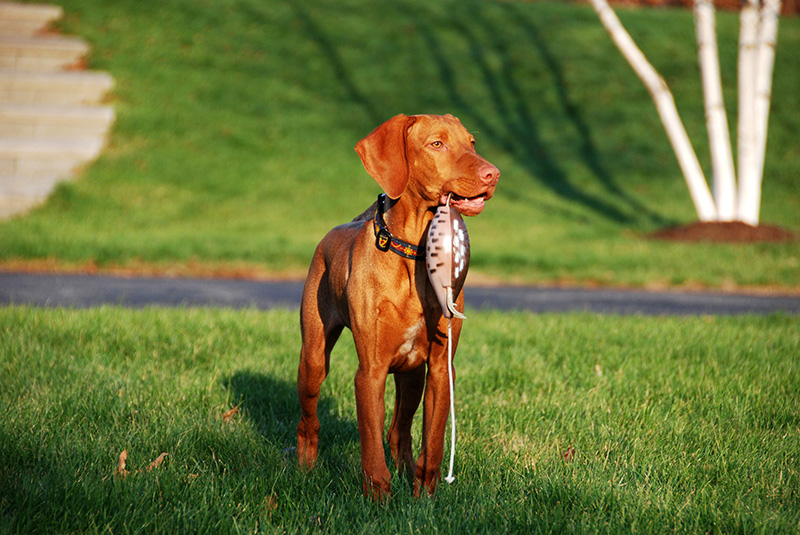Developing a Top Notch Gun Dog

If someone asked, “Are you a patient person?” How would you answer them? Is patience something you value and work on? Is patience an attitude you choose? Webster defines patient as: bearing pains or trials calmly or without complaint, manifesting forbearance under provocation or strain, not hasty or impetuous, steadfast despite opposition, difficulty, or adversity, able or willing to bear. This is taken to a whole other level when training a gun dog.
The bottom line is patience is an attitude by which we behave. Another way of stating this: our actions are the product of our attitude.
Training
When training, owning or handling a gun dog, we will encounter hiccups. No matter our dog’s age or stage in its training, it is likely to do something that will challenge us. Typically, our dogs don’t challenge our leadership or partnership, but rather, they challenge our thought process and understanding. For example, they might nail a drill three days in a row and then the fourth day seemingly “fall apart.” As the handler, we’re challenged. It’s perplexing at times, trying to understand the “why” from one day to the next when Training a gun dog.
With this understanding, patience isn’t an attitude we can’t neglect or cheat. Sure, like our dogs, we’re imperfect and the world around us is too. Thus, we won’t be perfectly patient. So, the more we’re patient with ourselves, it’s likely we’ll be more patient with our dogs. You’ve probably heard the saying, “poop rolls downhill.” This means the problems that originate at the top of the chain of command tend to become the responsibilities of those lower down. So, if you’re struggling to be patient with yourself, your dog will reap the consequences.
Essentially, you can have the “best” training session planned with the necessary gear to accomplish your desired outcome, but if you lack patience, you miss grabbing your most important piece of gear.
Continue to Learn
A couple of decisions I think you can make to help strengthen your patience are to be a life-long learner (listen to podcasts, read articles/books and watch videos) and belong to a community (join a training group/chapter).
Along with patience, there are several physical tools that I like for training. A sturdy, easy-to-clean crate for crate training, traveling/hunting trips, when you need to leave the dog alone is invaluable. I also use a training bag to carry bumpers, balls, scents, leads, whistles, etc. A slip lead is a must-have for healing work, walks, and vet appointments. I prefer a pea-less whistle to handle your dog during healing work and in the field. Additionally, you want to have a quality dog bed and/or a place board for place training and retrieving drills.
For retrieving drills, I keep a bucket of bumpers on hand. I prefer to use canvas bumpers because they don’t squeak in my dog’s mouth. Plus, they are closer to the texture of a bird than a plastic or foam bumper. If you have a pointer, I highly recommend getting some bird launchers. You should also consider an E-Collar for at least conditioning. You might even choose to use it to enforce commands while training. If you can’t raise birds, your next best option is freezing some of your last season’s game and/or finding a local bird farm where you can purchase training birds.
Some other gear items to consider include: a shed dog training system, a tracking dog training system, a dummy launcher, a blank pistol or shotgun blanks, and a backing dog silhouette.
Don’t forget your patience. Happy training!
By Kyle Dana
June 2025

